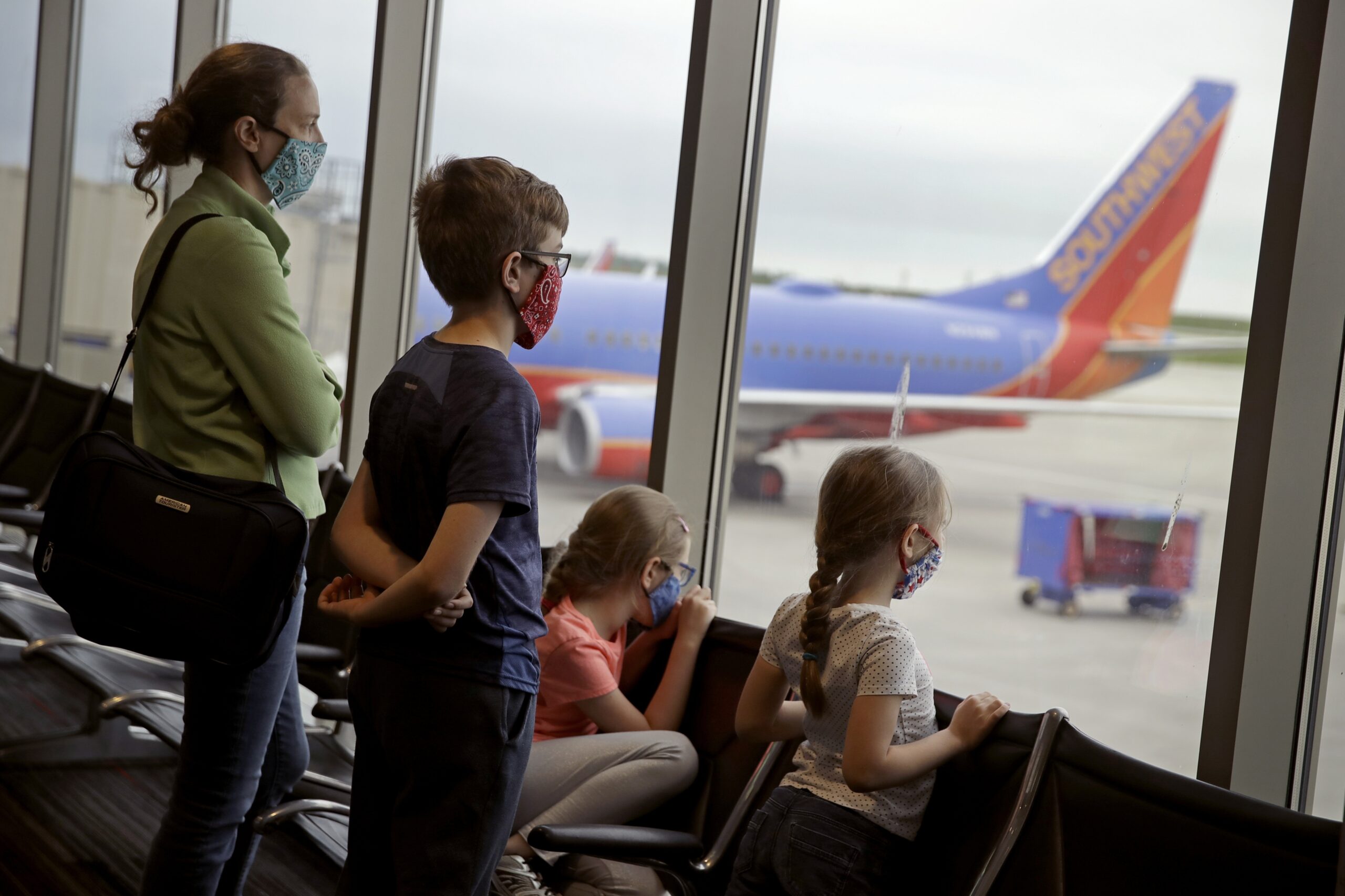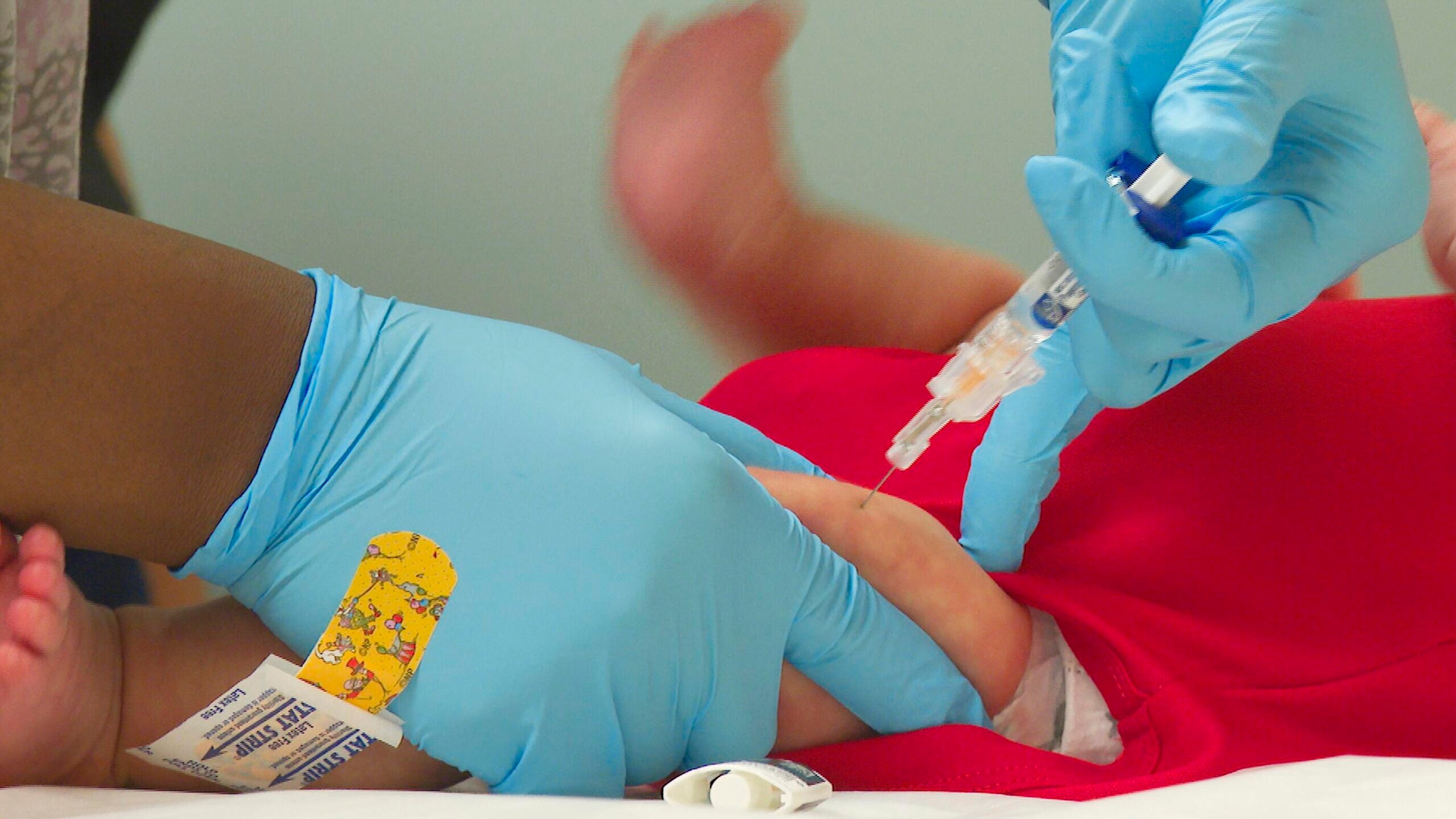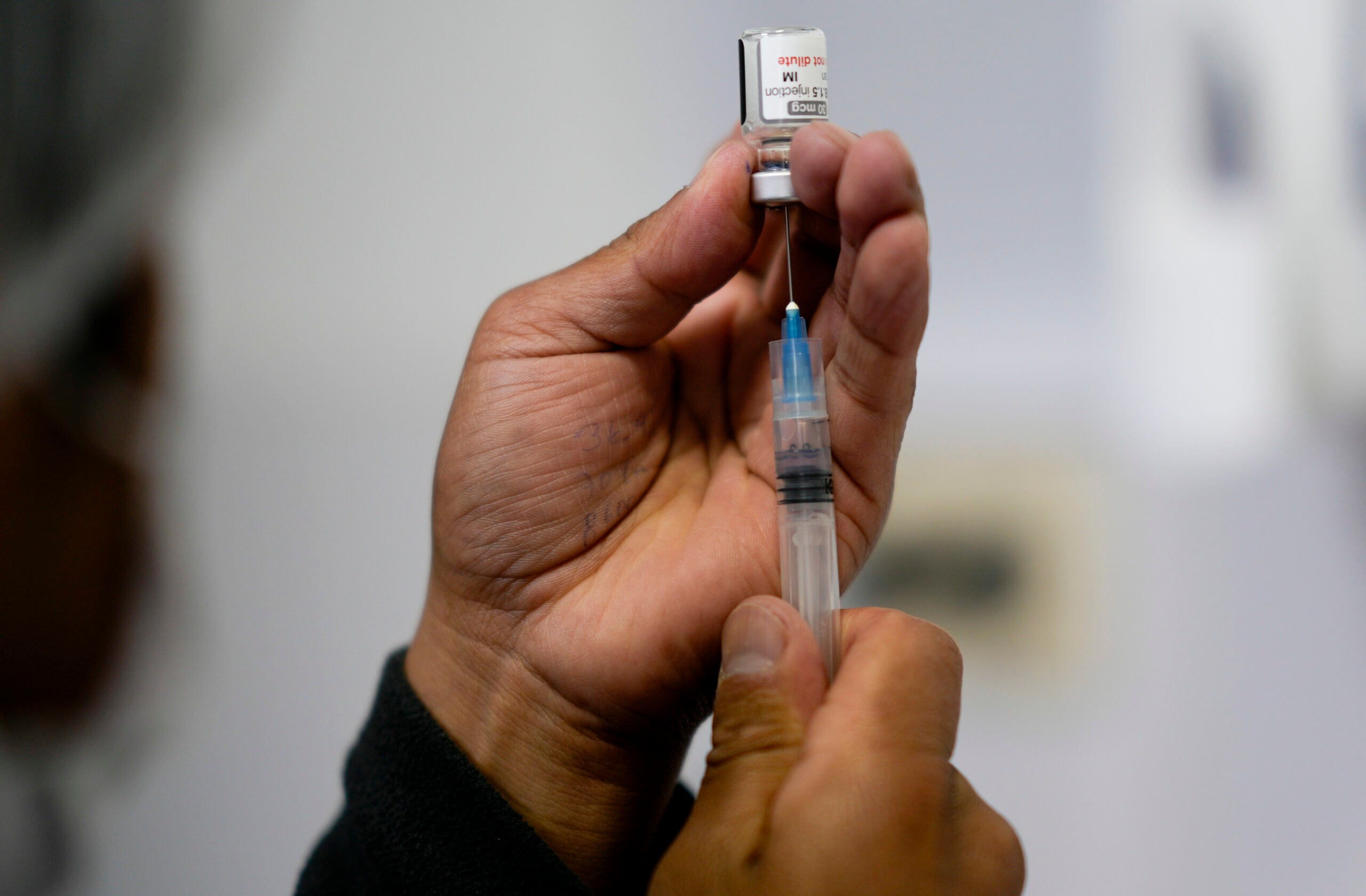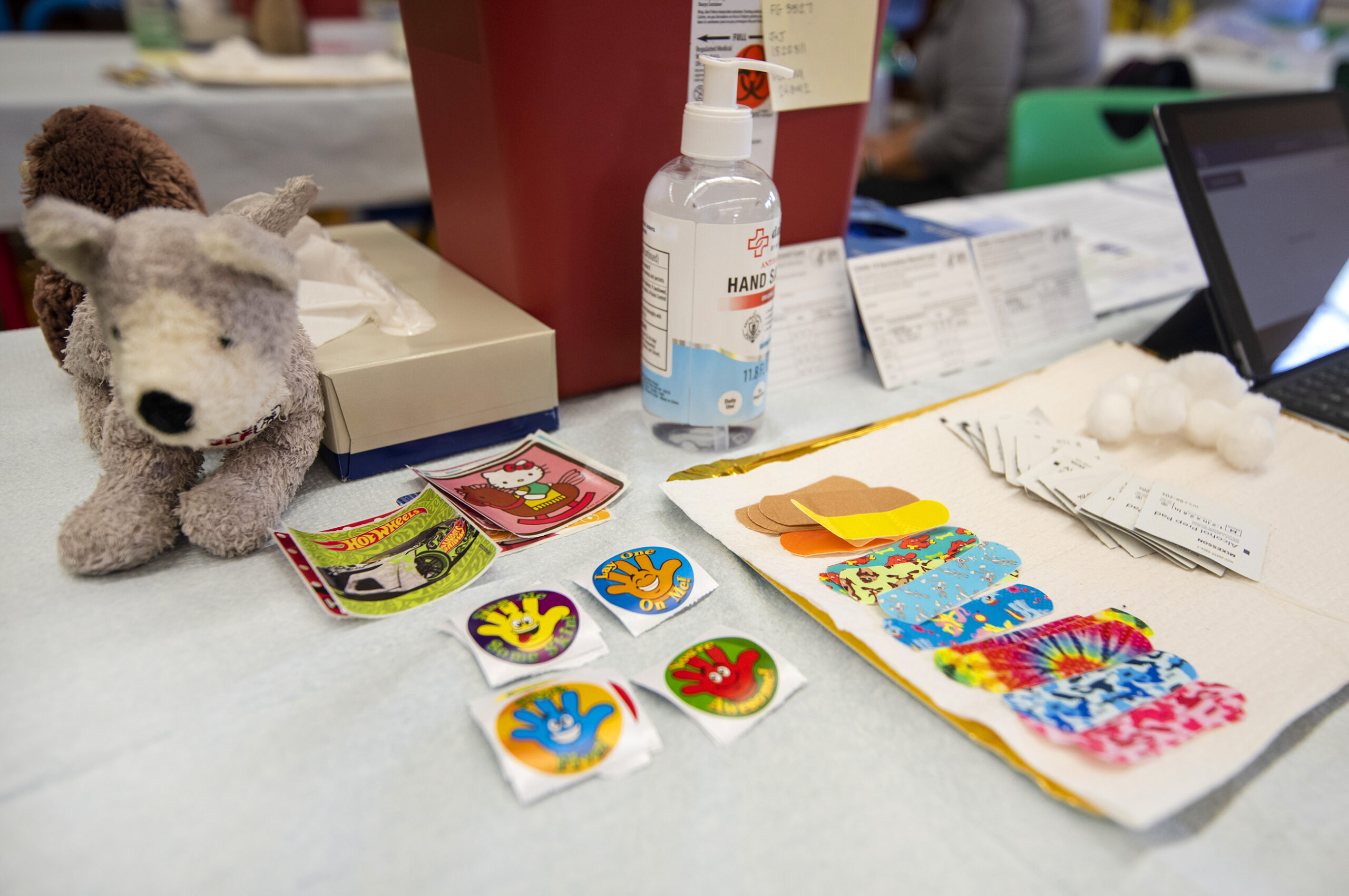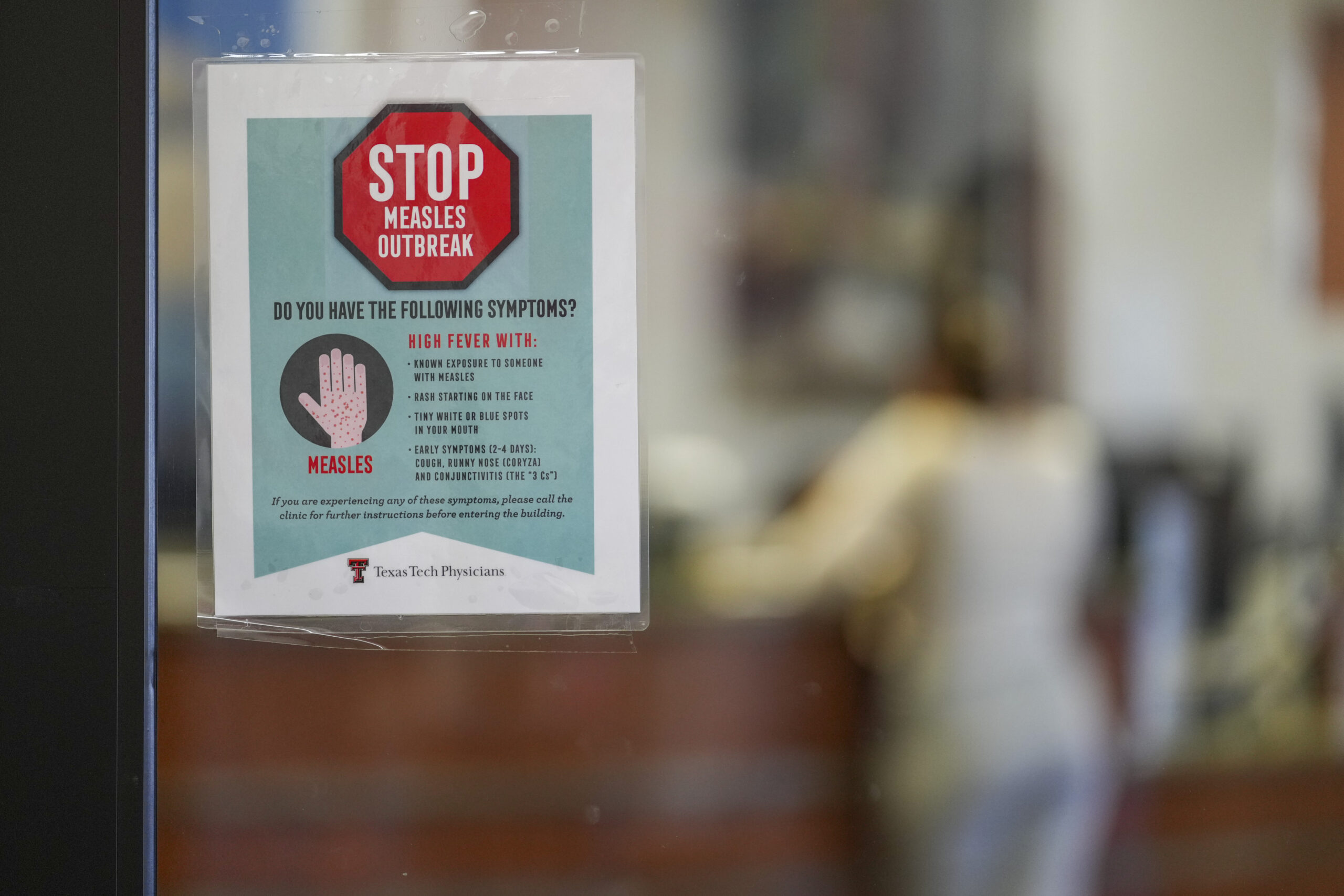During the COVID-19 pandemic, one of the questions people have asked through WPR’s WHYsconsin project is this: is it safe to visit with family and friends?
Now that more places are loosening restrictions on the size of public gatherings and the capacity of shops and restaurants, it can be confusing.
“It’s just not clear what is safe to do,” said one questioner.
News with a little more humanity
WPR’s “Wisconsin Today” newsletter keeps you connected to the state you love without feeling overwhelmed. No paywall. No agenda. No corporate filter.
Can I Visit My Family And Friends?
According to Dr. Ryan Westergaard, chief medical officer with the state Department of Health Services, it is alright to visit with family and friends.
But there are a few things people should do, he said, to reduce their risk of contracting or spreading the virus. These “harm reduction strategies” include:
- Gathering outdoors instead of indoors
- Maintaining a distance of 6 feet apart whenever possible
- Keeping groups relatively small and gatherings short
- Wearing a mask or face covering
“The more of these things the better,” said Westergaard.
Can I Travel To A Location Where Restrictions Are Different Than Where I Live?

Illustration courtesy of the UW Applied Population Lab
Malia Jones of the Applied Population Lab at the University of Wisconsin-Madison studies how the places we spend time affect our health and how diseases spread in those places.
When visiting out-of-town loved ones, you should use the same harm reduction strategies you would use in your hometown, she said.
“Those county boundaries are not meaningful to a virus, so I think my best advice is to do those harm reduction strategies, even if you’re going to a place where they’re not required,” she said.
If you’re going on a trip, you should try to think about where exposures will be as you make a trip, and then do whatever you can to reduce that risk. One idea, Jones said, is to pack a picnic instead of eating in a restaurant on the road.
Jones is part of a group of experts who run a Facebook page called “Dear Pandemic,” where they share information about the virus. The group recommends people use the acronym SMART when gathering this summer: Space, Mask, Air, Restrict and Time.
“It’s the idea that OK, you’re going to engage in some kind of activity that might be a little risky, what can you do to reduce that risk?” Jones said.
What If I Have Kids? Can They See Their Loved Ones?
Kids make all of this more complicated. It’s difficult to get a kid to stay 6 feet away from people, and it’s not recommended that children under age 2 wear masks.
But according to Westergaard and Jones, it’s generally OK for kids to interact with loved ones if you’re using harm-reduction strategies like meeting outside and keeping groups fairly small.
It’s important to consider how much exposure to the virus you have had and the risk level of the people you want to see, Jones said. For example, it’s probably not a good idea to visit with your high-risk grandparents the same week you’ve been to a party with lots of people.
One idea is to do a very strict two-week isolation with your kids before letting them see grandparents who may be particularly high-risk, Jones said.
Will This Guidance Ever Change?
If Wisconsin becomes a hot spot or cases start spiking in locations where people are doing a good job with harm reduction, this guidance could change.
“I expect it to fluctuate, and I think everybody needs to assess for themselves what’s going on around them,” Jones said.
Since Wisconsin’s “Safer at Home” order was struck down in May, there have not been statewide rules or restrictions. The best thing people can do now is educate themselves about how to keep themselves safe, said Westergaard.
“Rules and laws aren’t the greatest public health strategies anyway,” he said. “We don’t want people to make healthy choices because they’re afraid of getting in trouble.”

